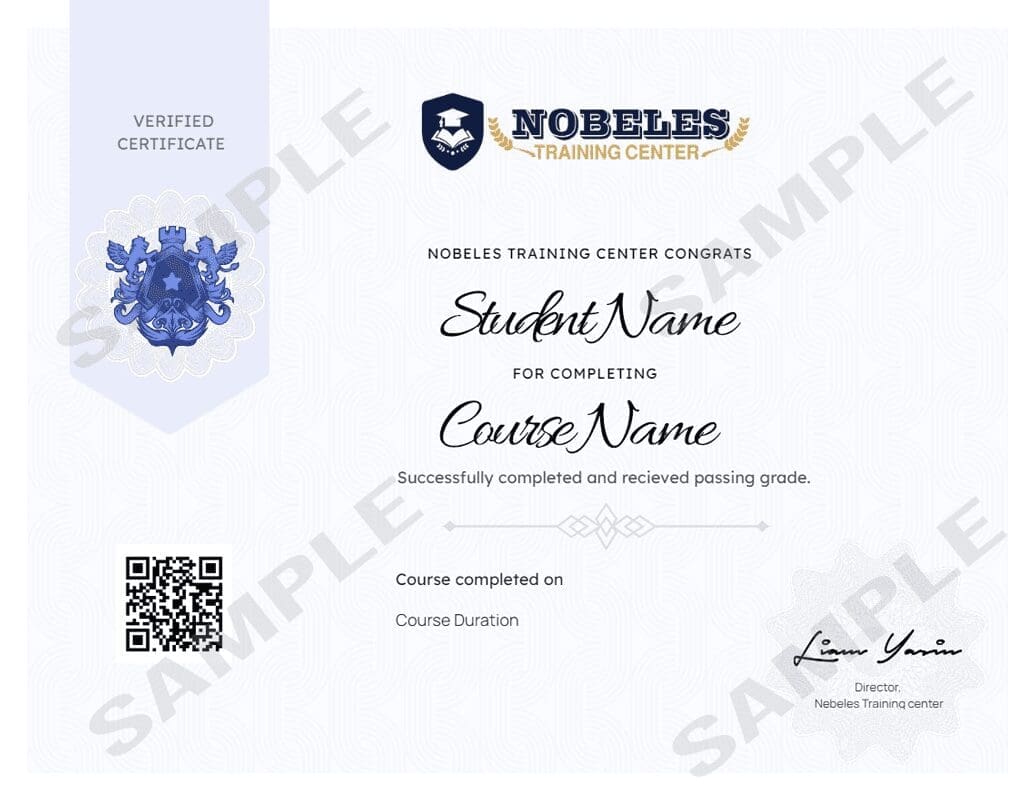You are in your office looking over your performance report and it happened again. Your low performing employee failed to meet quota this month even after you spoke with them about the importance of meeting goals. This employee has a great attitude and you know they can do better. You just do not know how to motivate them to reach the goal. Money used to work, but that has worn off. You are baffled and you know being frustrated makes matters worse. What do you do?
This workshop focuses on how to better coach your employees toward a higher performance. Coaching is a process of relationship building and setting goals. How well you coach relates directly to how well you are able to foster a great working relationship with your employees through understanding them and by creating strategic goals.
An easy-to-understand coaching model taught in this workshop will guide you through the coaching process. Prepare yourself to change a few things about yourself in order to coach your employees toward better performance.
Curriculum
- 11 Sections
- 0 Lessons
- 10 Hours
- Defining Coaching and MentoringCoaching and mentoring involve guiding and supporting individuals to achieve personal and professional growth. Coaching focuses on specific skills and goals, while mentoring offers broader guidance based on experience and long-term development.0
- Setting GoalsSetting goals involves defining clear, measurable objectives to guide personal or organizational growth. Effective goal-setting provides direction, motivates action, and enables progress tracking, ultimately leading to improved performance and achievement.0
- Understanding the RealitiesUnderstanding the realities involves recognizing and addressing the actual conditions and challenges within a business or project. It ensures realistic planning, informed decision-making, and effective problem-solving by acknowledging constraints and opportunities.0
- Developing OptionsDeveloping options involves brainstorming and evaluating potential solutions to address challenges or achieve goals. This process encourages creative thinking, assesses feasibility, and identifies the best strategies for effective decision-making and problem-solving.0
- Wrapping it All UpWrapping it all up involves summarizing key findings, consolidating information, and finalizing decisions or plans. This process ensures clarity, aligns goals, and provides a coherent conclusion to projects or discussions, facilitating effective implementation.0
- The Importance of TrustThe importance of trust in business lies in fostering strong relationships, enhancing collaboration, and ensuring effective communication. Trust builds credibility, encourages transparency, and supports a positive work environment, driving long-term success and teamwork.0
- Providing FeedbackProviding feedback involves offering constructive insights and observations to support improvement and growth. Effective feedback is clear, specific, and actionable, helping individuals understand performance, address issues, and develop skills for better outcomes.0
- Overcoming RoadblocksOvercoming roadblocks involves identifying obstacles, analyzing their impact, and developing strategies to address them. This process requires problem-solving, flexibility, and persistence to remove barriers and maintain progress toward goals and objectives.0
- Reaching the EndReaching the end involves completing a project or task, evaluating outcomes, and reflecting on the process. It includes finalizing deliverables, assessing achievements, and identifying lessons learned to ensure successful closure and inform future efforts.0
- How Mentoring Differs from CoachingMentoring differs from coaching in that mentoring focuses on long-term personal and professional development through guidance and experience sharing, while coaching targets specific skills and goals with a more structured, short-term approach.0
- Post-TestPost-Test0
Nobles Certificate
Nobeles Academy
Mobile Application
Courses you might be interested in
-
1 Lesson
-
0 Lessons
-
0 Lessons
-
0 Lessons






